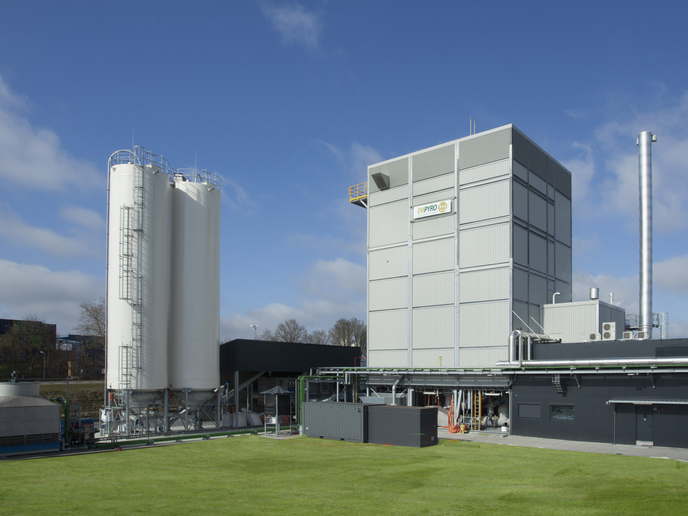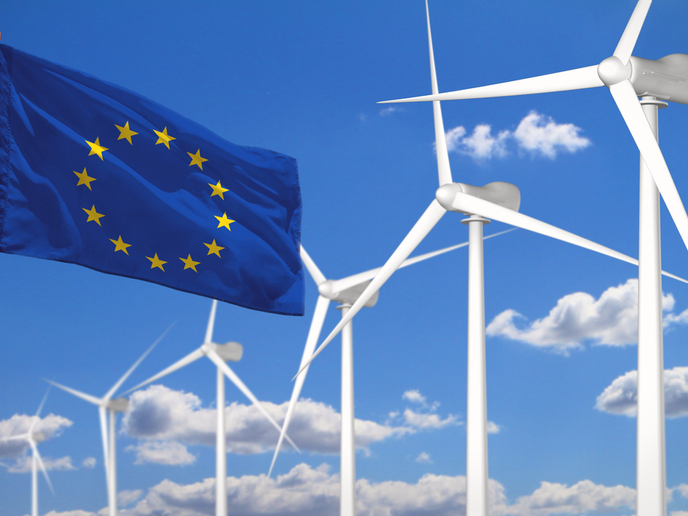Retrofitting EU industries for bioenergy
Bioenergy retrofitting refers to the implementation of new state-of-the-art equipment into existing facilities. It is one of the fastest and most cost-effective ways to increase Europe’s use of renewable energy. The EU-funded BIOFIT project worked with industry partners in paper and pulp, first-generation biofuels, fossil fuel refineries, power stations and combined heat and power (CHPs) to design bioenergy retrofitting proposals that meet both environmental and economic objectives. Bioenergy retrofitting incorporates new technology and equipment into older facilities in order to increase fuel efficiency, especially with respect to bioenergy. According to project coordinator Patrick Reumerman of BTG Biomass Technology Group BV: “A key characteristic of BIOFIT is that it was implemented in very close cooperation with companies.” In conversation with industry partners, Reumerman and the BIOFIT team realised that there was a lot of enthusiasm around retrofitting but identifying best practices and barriers to implementation was essential to success.
Best practice focus
A major product of BIOFIT was the design of 10 proposals for retrofitting, two for each of the targeted industries. In order to create the proposals, BIOFIT worked to identify best practices. They gathered information about bioenergy retrofits that had already occurred, surveyed individuals employed in the targeted industries about attitudes and perceptions around retrofitting and produced a comprehensive but accessible handbook to guide companies in the process of adopting new ideas in retrofitting. While the proposals developed by BIOFIT vary greatly, all highlight the importance of biofuels. Industry examples include using paper and pulp residues as biomass for producing biofuel, retrofitting fossil fuel industries to produce hydrotreated vegetable oil, and using biomass fuels instead of coal in power plants and CHPs. BIOFIT’s focus on best practices and enhancing communication between constituencies has led to the successful implementation of some of the proposals. For example, the Austrian company AustroCel Hallein converted a by-product into a second-generation transport biofuel. Second-generation biofuels are fuels produced from biomass residue or waste, which distinguishes them from first-generation biofuels, which are produced from crops, like rapeseed.
A focus on the future
Despite strong motivation to retrofit, many industries have struggled to follow through. According to Reumerman: “The BIOFIT philosophy was that in cooperation with actual market players, the real problems of implementing bioenergy retrofits could be identified.” Specifically, companies are understandably concerned about managing costs. However, analysis of retrofitting shows that most initiatives are financially sound and ultimately increase a company’s productivity. According to survey results, one of the biggest deterrents to retrofitting is the rapidly changing and complex set of regulations applied to industries throughout the EU. Complicating things further, different member states have different regulations as well as different criteria as to what constitutes a biomass residue. As EU markets lean towards the future, market players, policymakers and consumers will need to inform themselves and connect with one another to determine the wisest course of action. Clearly, biomass resources are at the heart of biofuel production, but this is a finite resource. BIOFIT has set a good example for how to assess best practices, design viable proposals for change, and encourage essential communication in our ever-changing world.
Keywords
BIOFIT, retrofitting, industry, biofuel, biomass, bioenergy, best practices







